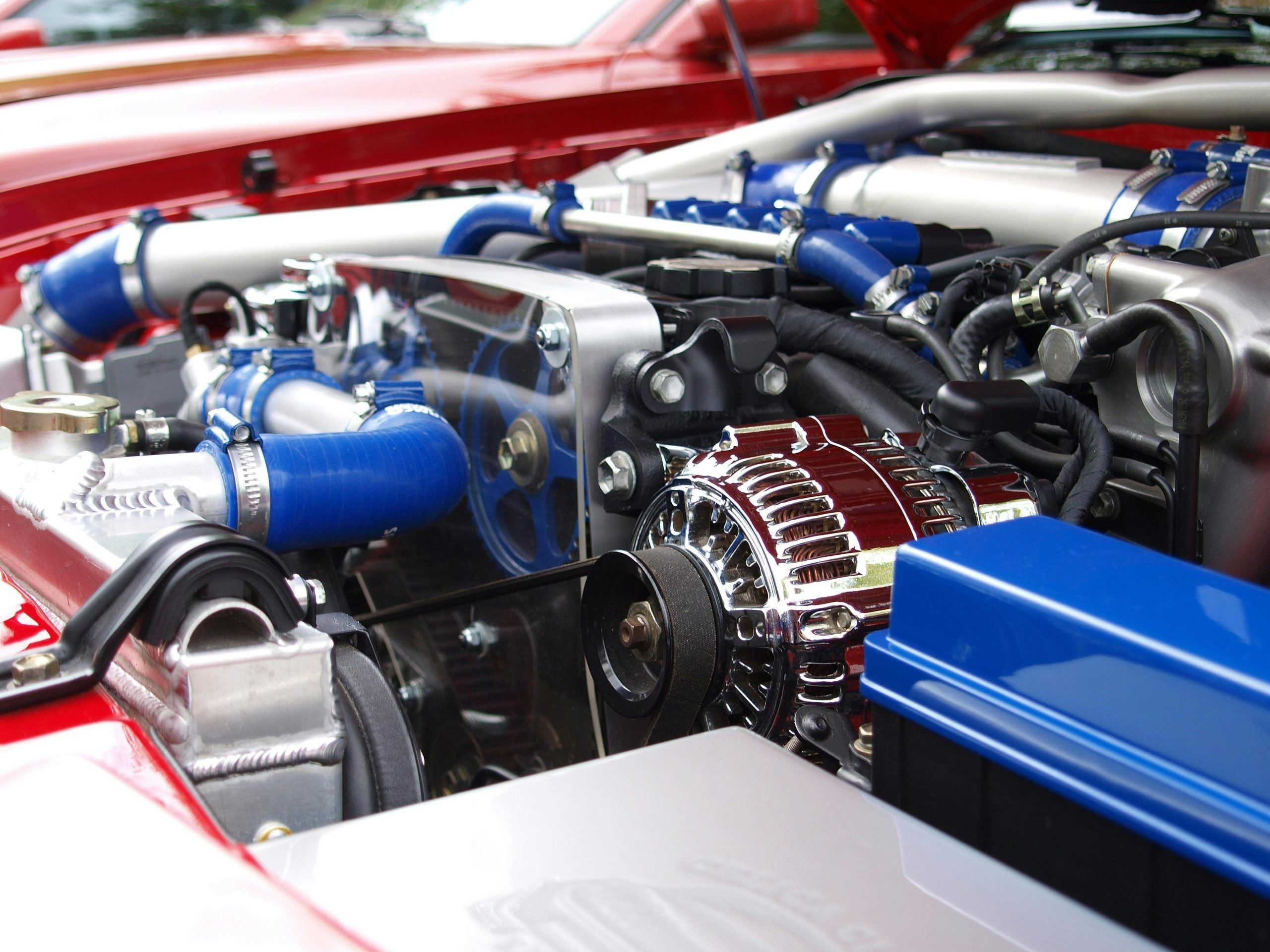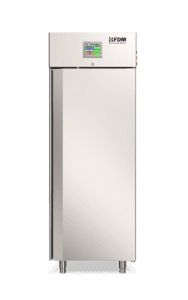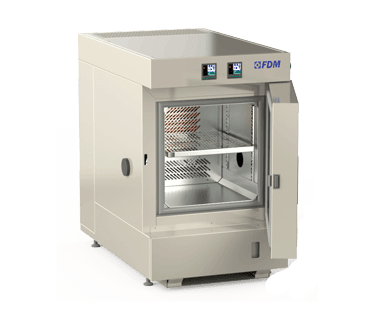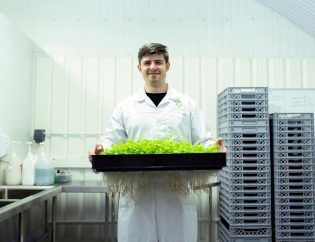
In the automotive industry, component resistance and reliability are an absolute priority.
Among the most critical environmental tests to validate these characteristics, Thermal Cycling in the Automotive Industry plays a key role. These tests not only simulate the real conditions to which a vehicle is subjected, but also allow potential design criticalities to be identified before being put on the market.
In today's article, we will look in detail at what Thermal Cycling is, how they are carried out in the automotive industry, and what tools and regulations govern them.
What is Thermal Cycling
Thermal Cycling is a series of laboratory tests in which a component or system is exposed to cyclical temperature variations, according to defined parameters.
Unlike static exposure tests, thermal cycling are dynamic tests, i.e. tests in which the temperature changes gradually or rapidly in a controlled manner, with a sequence repeated over time.
These variations do not necessarily have to reach thermal extremes: they can also concern medium ranges, as long as there is a cyclicity, that is, a regular alternation between two or more temperature levels.
The objective is to observe how materials, joints and structures react to these repeated thermal stresses, in terms of deformations, microcracks, electrical variations or functional degradation.
Perform
Climate Stress
Discover the new series of Climate Chambers for controlled climate testing
How Thermal Cycling Work in the Automotive Industry
In the automotive sector, Thermal Cycling is performed inside climatic chambers.
Climatic chambers are laboratory instruments consisting of a hermetically insulated compartment inside which it is possible to set and monitor basic environmental parameters, such as temperature and relative humidity.
In the most advanced models, dynamic tests can be programmed such as Thermal Cycling.
Thermal Cycling in the automotive industry can involve individual electronic components, control units (ECU), battery modules or entire integrated systems.
Climatic chambers work by regulating the temperature with controlled ramping (typically between 2 and 10°C/min), followed by maintenance phases (dwell time) between 30 and 60 minutes. The most common ranges are from -40°C to +125°C, with cycles that can reach up to 1000 repetitions.
To test complex systems such as passenger compartments or entire vehicles, there are walk-in climatic chambers, so called because they are accessible even to laboratory personnel.
International standards for Thermal Cycling in the Automotive
The reliability of Thermal Cycling in the Automotive is guaranteed by international standards that establish methodologies and acceptability criteria. Among the most relevant:
- ISO 16750-4 – Specifies the environmental conditions for electrical and electronic components in the automotive sector. Includes temperature, humidity, vibration and thermal shock tests.
- SAE J1211 – Guidelines for environmental stress testing of electronic components, with particular attention to changes in resistance and structural deformations due to thermal stress.
- LV124 – Standard developed by German OEMs for electrical/electronic systems in vehicles. Includes over 800 Thermal Cycling for long-term, particularly severe tests.
You cannot find the ideal chamber for your test?
Create your own environment, according to any test requirement
The FDM Climatic Chamber for Automotive Thermal Cycling
For over 70 years, FDM - Environment Makers has been operating in the field of environmental simulation.
Our climatic chambers are able to perform all Automotive Thermal Cycling in accordance with the international regulations mentioned above.
Thanks to the innovative revoFACE programmer, dynamic tests can be completely automated by the operator.
Furthermore, our technicians are always available to interface with the customer to design the ideal climatic chamber that meets their specific needs.
Download the White Paper below to learn more.
Would you like to receive a quote or do you have questions about the product?
Contact us to receive more information about this Product.




